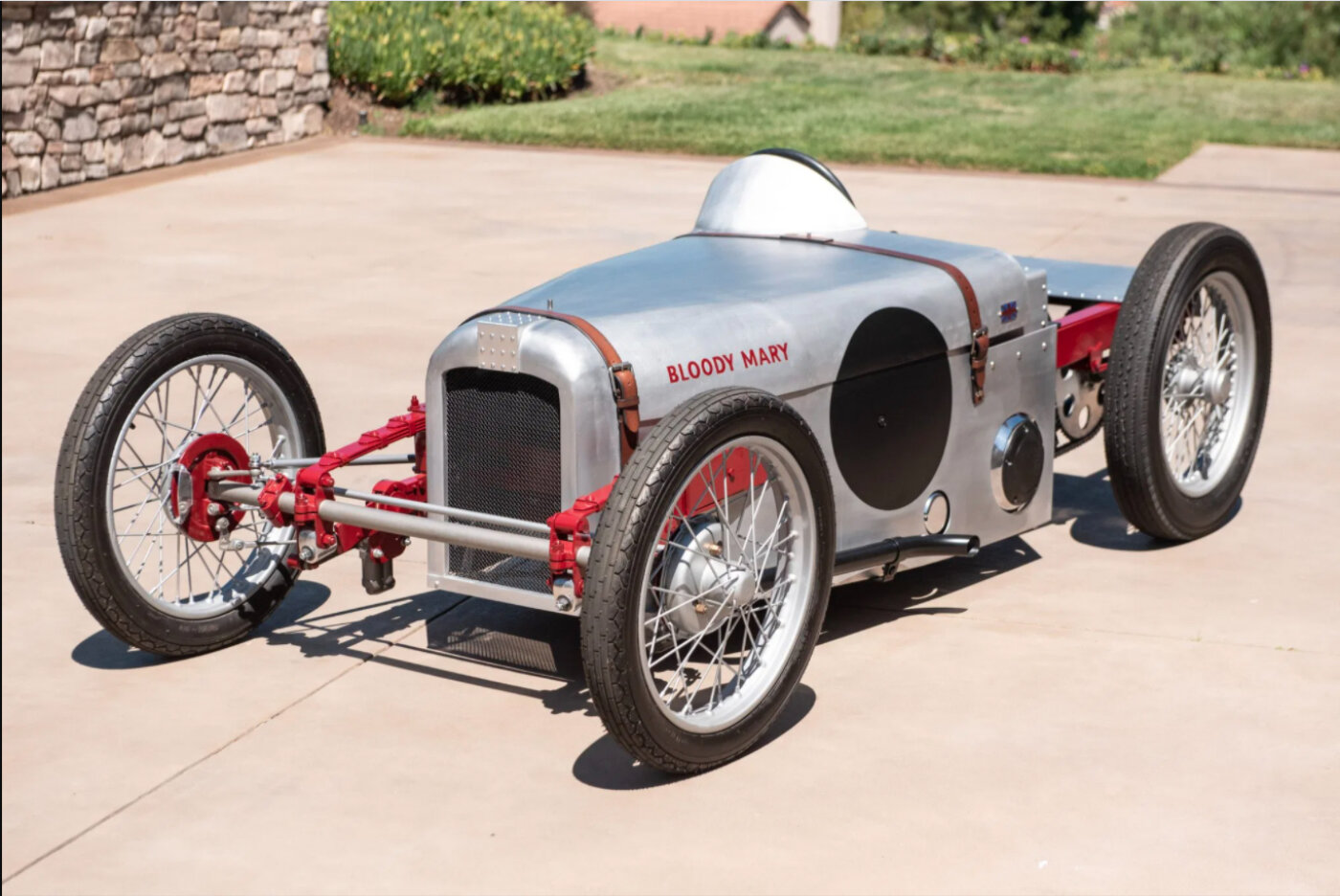
Replica of the Bloody Mary racer offered for sale
By Dean Larson
Photos: Seller, BringaTrailer.com
It takes a special kind of crazy lower yourself into a race car with a wooden chassis, and especially so when there’s an air-cooled engine leaking and thumping away in the passenger seat with sprockets and chains under your left arm driving the rear wheels. But what a time to be alive, as the opportunity for just that is currently available on BringaTrailer.com for nothing more than the highest bid. Powered by a 1,450 cc air-cooled Harley Davidson engine, this stunning replica of the 1929 Bloody Mary race car is absolutely bonkers, and only rivaled in insanity by the original.
The story of the original Bloody Mary racer is also one of ingenuity and resourcefulness though. Starting in 1929, a pair of young men in the U.K. set about constructing a vehicle that they could drive as recklessly as possible. Brothers John and Richard Bolster started the car that would come to be Bloody Mary with nothing more than a 760 cc JAP motorcycle engine and a frame made with Ash timbers and a hand drill. The original engine made about 13 hp, and the car had no suspension or brakes to speak of, but the car fed the boys’ need for speed and proved to have further performance potential.
The foundation of Bloody Mary was formed by three Ash timbers that spanned the length of the car, fixed to a solid rear axle from a Grahame White cycle car. The 760 cc air-cooled motorcycle engine was mounted on the passenger side of the car, between the side and center chassis members, and drove an obscure Juckes motorcycle transmission. After the front end shook itself to pieces, the brothers added front suspension in the form of a GN axle with quarter-elliptic leaf springs. The band-type brakes on the rear axle were said to be negligible, and the car was capable of 55 mph speeds.
John and Richard continued fine tuning Bloody Mary over the years and entered it in various speed trials and hill climbs. Soon, the original 760 cc engine was replaced with a four-cam V-twin engine offering 30 hp, the drive system was revised with dual chains and a more refined aluminum body was formed. Continuing to refine the car, the Bolster brothers began experiencing success at local speed trials, often street driving the car to events. The car was now a serious competitor in the 1,100 cc class, and a regular podium finisher.
But Bloody Mary had not even come close to its most radical iteration yet, and John was able to increase performance drastically in 1933 after buying a KTOR short-stroke JAP engine from a totaled Brough-Superior motorcycle. The engine was reworked with increased compression and run on alcohol fuel, and was able to best most any competitors in its class with John behind the wheel.
It’s said that John employed a number of obscene tricks during this time to get the most out of the KTOR engine. For one, he geared the engine so the engine so that it over-revved slightly on the long straights, causing the pistons to slightly kiss the valves. Allegedly no harm was done, and the marks would sand out easily. Furthermore, John was known to drain the oil from the engine before each race to reduce parasitic drag, noting that the roller bearings in the engine retained just enough oil to stay lubricated — provided the engine wasn’t idled longer than need be.
If that wasn’t bonkers enough, John began the process of fitting a second ZAP V-twin engine to the car by the end of 1933 to double the output. In the end, the second engine mandated braking improvements, as well as a trick sprocket assembly to account for ignition differences between the two engines. In this configuration, the car was a sure bet in classes under two liters. With upgraded pistons, higher compression and chassis stiffening, the car was in its most advanced form, setting records on circuits unmatched by other naturally aspirated cars of the day.
But that’s not to say that John didn’t perform his own miracles behind the wheel, often downplayed by the man himself. “I admit that she’s rather dicey on those tricky straight bits,” John remarked. Fellow driver Alec Issigonis shared similar sentiments when recalling the performance of Bloody Mary early on, saying “the rather strait-laced officials would not have permitted record attempts by a car that travelled largely sideways.”
John raced the car up until the late 1930s, when he retired it to a barn and borrowed the engines for a different project. In the end, Bloody Mary would be John Bolster’s real claim to fame, and the motoring community is lucky that it survives in such original condition today.
All that history is the inspiration for the car you see here up for auction on BringaTrailer.com. It’s really nicely done re-creation of John and Richard Bolster’s Bloody Mary built on an Ash frame with power from a 1999 Harley Davidson 1,450 cc engine from a 1999 Dyna Wide Glide. Fed with a CV carburetor, the engine produces around 70 hp through a five-speed gearbox. Minimalist aluminum bodywork has been constructed that mimics the original almost exactly, and wire wheels were sourced from a 1929 Austin and 1949 MG.
Like the original car, you’d have to be mad to lower yourself in the cockpit of this machine for anything beyond a cautious cruise on a closed course. But maybe that’s what separates guys like us and the Bolster brothers.

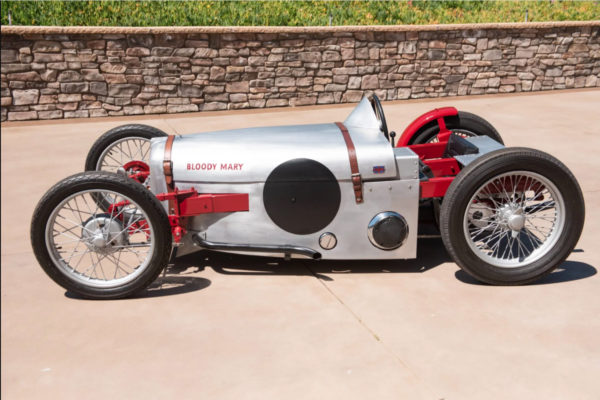
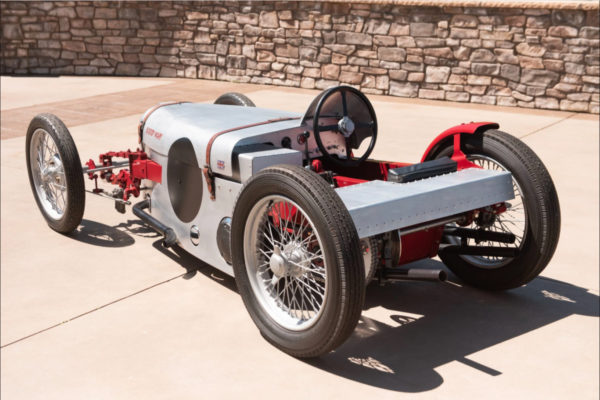
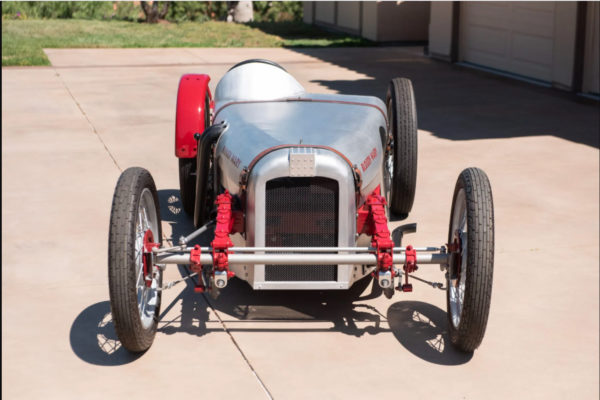
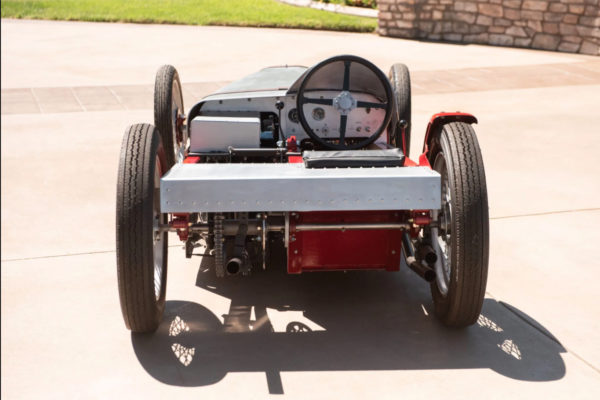
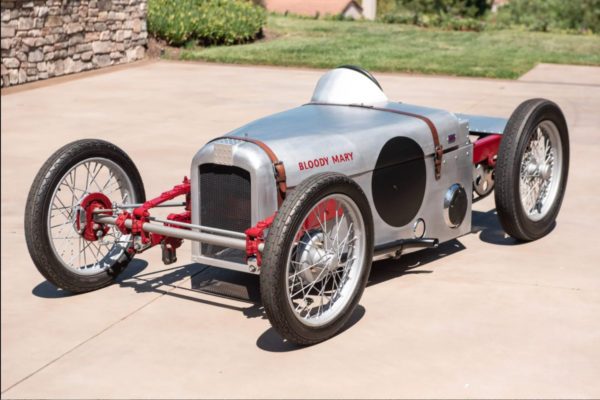
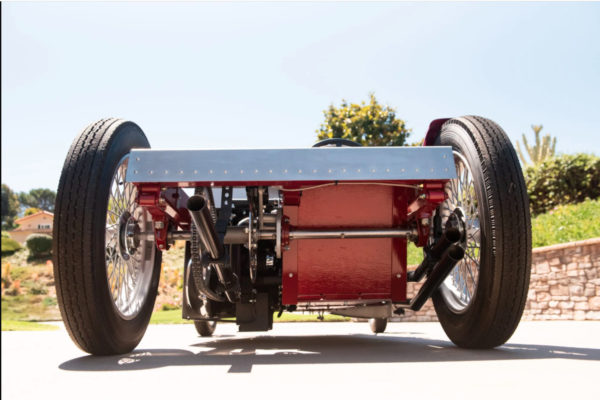
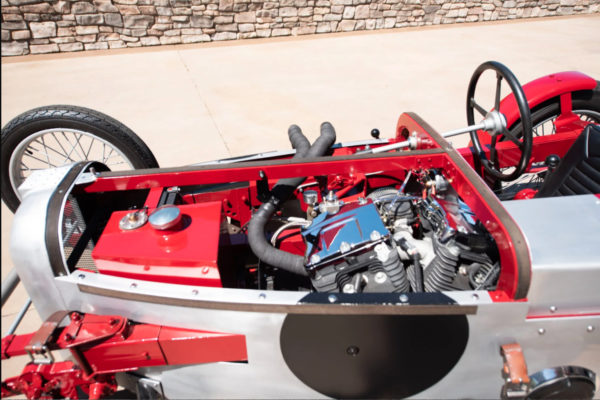
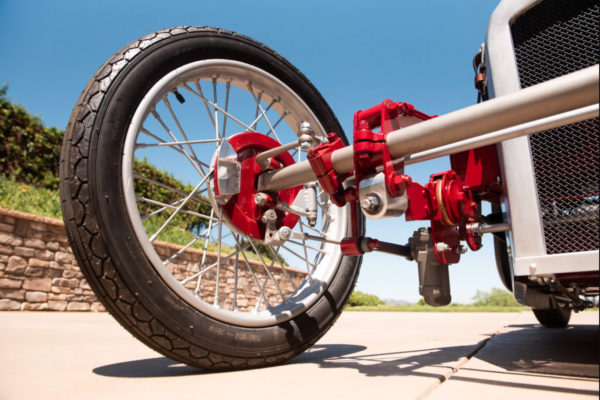
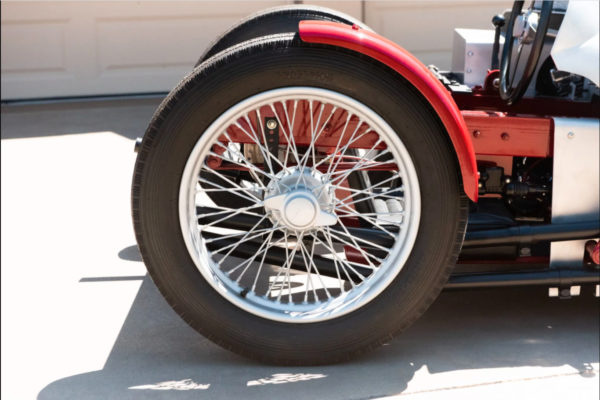
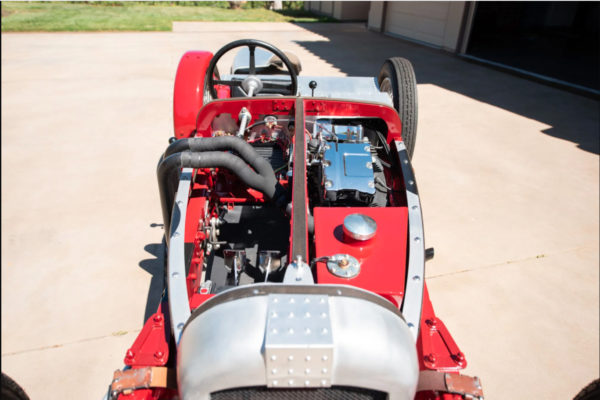
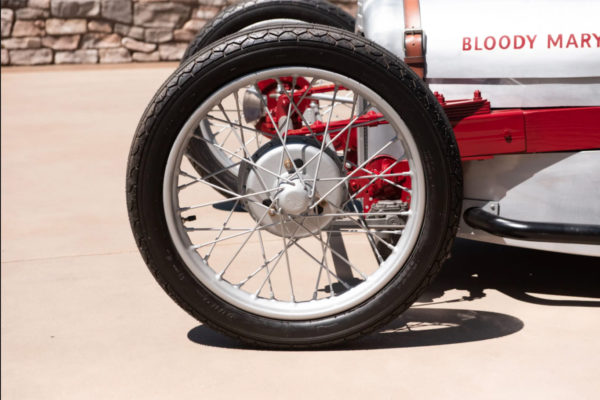
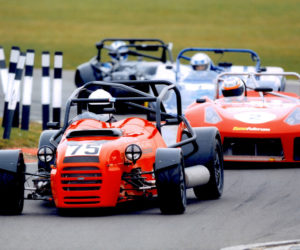
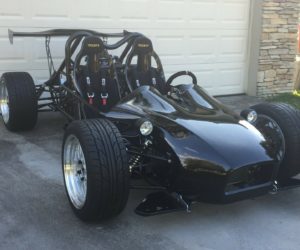
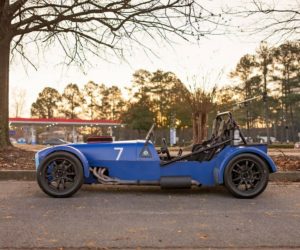
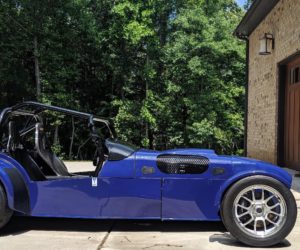
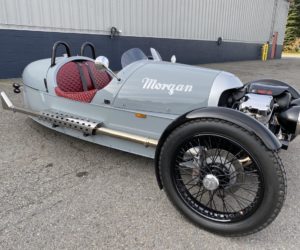
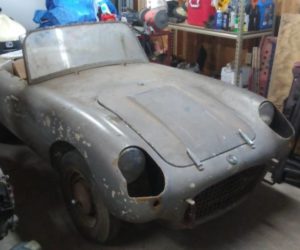




Comments for: Bloody Mary Incarnate
comments powered by Disqus